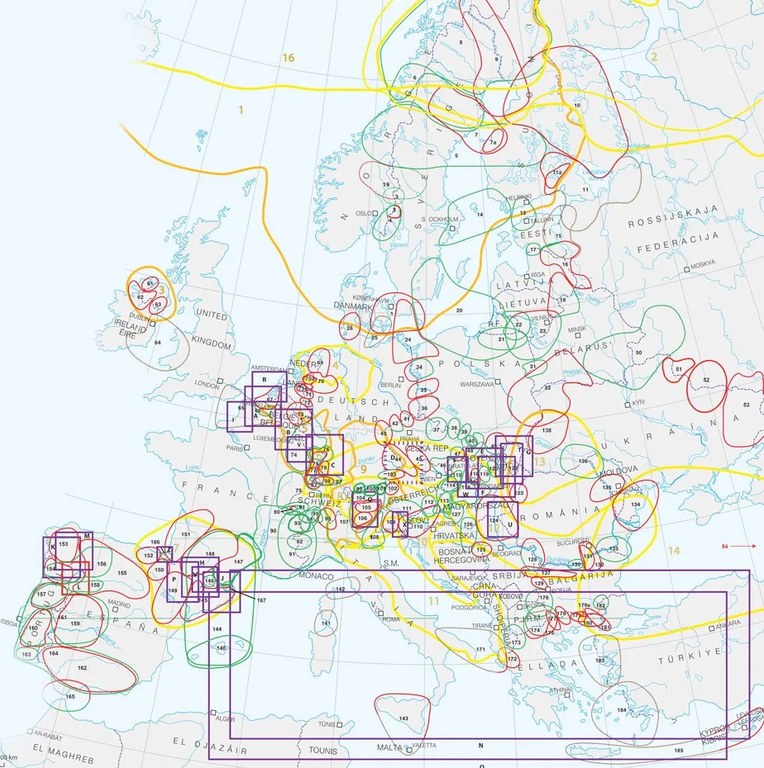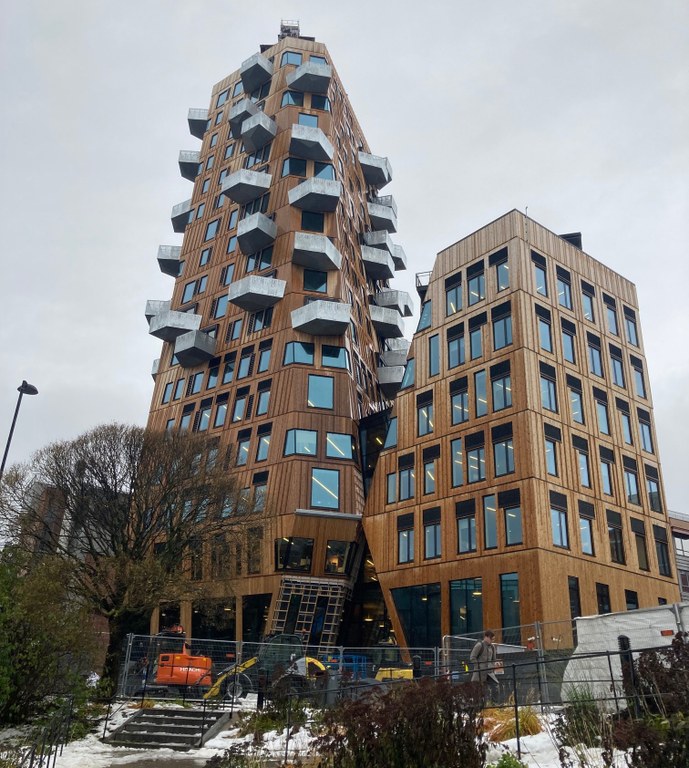How the EU deals with border barriers
The EU also has programs working on removing border barriers. The best-known is Solvit, a problem-solving network which can be found in every EU/EEA country. Citizens and businesses can use this free service if they believe a country is in breach of EU rules and legislation.
The offices are staffed by national civil servants. The one in Sweden is located at the National Board of Trade. Solvit aims to solve problems within 16 weeks. An issue is always dealt with by two Solvit offices simultaneously – one in each of the countries concerned.
Solvit (pronounced “solve it”) celebrated 20 years in 2022 when it announced that 85 per cent of the 28,600 cases it had dealt with had been solved.
Most of the issues concerned individual citizens. Out of the 2,271 cases arriving on Solvit’s table in 2022, only 153 were from businesses. Some of Solvit’s cases are dealt with by Info Norden within the Nordic cooperation.
But the EU Commission has also launched an initiative that it calls b-solutions, to get to grips with more complicated legal and administrative border barriers. This allows organisations that operate in cross-border regions to receive expert assistance for three months so that they can write a report on the issue and propose solutions.
AEBR, the Association of European Border Regions, is an umbrella organisation for regional issues. It was founded in 1970 and has hundreds of members in more than 30 European countries. The members are various regional organisations that aim to make life easier for those living in border regions.
AEBR’s map of these regions looks like a tangled ball of yarn:

The Nordic region, geographically the largest in Europe, is marked with orange lines. Germany has the most borders with other European countries, nine in total. Source: AEBR. Within the EU, the busiest cross-border commuter regions are in Slovakia, Belgium and Estonia.
Within the EU, 1.3 million people live in one country and work in another. The EU has 448 million citizens.
Compare that to the Nordic region’s 27 million citizens, where available statistics show that 49,000 people commute across borders to another country. Per capita, 1 per cent of EU citizens are cross-border commuters while only half that number – 0.5 per cent – commute across borders within the Nordic region.
There is no inherent contradiction between trying to solve cross-border issues through the EU or through Nordic cooperation. The Svinesund Committee, one of the Nordic region’s twelve cooperation committees for cross-border collaboration, has used both channels.
One of the issues that the Svinesund Committee works with is the harmonisation of construction regulations. This is also an issue which is logged in the Border Database and it is a top priority for the responsible ministers.
At the 2018 Nordic ministerial meeting, the building and housing ministers highlighted their desire to promote a strong and integrated construction market in the Nordic region by working to remove barriers which limit companies’ opportunities to build in other Nordic countries.
Cooperates with AEBR
“The Svinesund Committee has for several years worked with AEBR, which administers b-solutions. We have good experiences from this cooperation, which has given us access to expert help that lies outside of the Freedom of Movement Council’s resources,” says Annika Daisley, project leader for border barriers/border opportunities.
“In 2021, AEBR carried out the comprehensive study Perceived border obstacles linked to wood constructions, which partly focused on the harmonisation of Nordic countries’ construction regulations.”

Wooden buildings don't look like they used to - which also means there is a need for new regulations. This building is being built in Oslo. Photo: Björn Lindahl
Commissioner Kjell Nilsson proposed an action plan during a seminar in Oslo on 23 March 2023, hosted by AEBR, the Svinesund Committee and the Nordic Council of Ministers. Nilsson was earlier the director of Nordregio and is now an adjunct professor at the University of Copenhagen and a senior adviser at Nilsson Landscape.
He describes the problem in an article:
“At first glance, the problem should be manageable. The Nordic countries have the same type of planning systems, similar climate challenges and equally high ambitions regarding environmental requirements, energy conservation and accessibility.”
But the devil is in the detail, he says.
"According to accessibility rules, there should be space for a wheelchair in front of the toilet in Sweden, but in Norway, there should be space next to it. Furthermore, in terms of accessibility, Finnish regulations require bathrooms to have a turning radius of one and a half meters, which means that Danish and Swedish bathrooms are often too small.
“Danish bedrooms are too small for Finnish requirements and Swedish staircases are too narrow for Icelandic fire safety rules. Danish rules say it must be possible to fully open apartment doors inwards so that they don’t block emergency routes, while doors in Sweden must open outwards to aid the escape from an apartment.”
These examples are just a fraction of all the differences that exist when Nordic authorities set requirements, not least in connection with the green transition. Kjell Nilsson believes the housing ministers must present very clear requirements to avoid officials ending up in a deadlock.
He recommends the setting up of five Nordic task forces that will work in parallel to map and then harmonise building regulations.
Better perconditions
Two factors in particular mean that the ground is better prepared for this right now. One is the fact that building regulations are becoming less detailed. The construction industry is granted more responsibility, which opens up for more innovative ways to solve requirement issues. The new Swedish rules on ventilation now fit on one page, compared to the previous ones that needed nine pages, for instance.
The other factor is the digitalisation of the construction process. Both factors make it easier to harmonise regulations within many areas within two years.
The benefits of having common rules have been estimated to be worth two per cent of the total construction costs in the Nordic region, or 30 to 40 billion Danish kroner (€4.2bn - €5.3bn).
“The seminar attracted interest in Brussels, and our work has been noticed by the European Commission's DG REGIO," says Annika Daisley, who has also got several Nordic media outlets interested in the report.
 Follow us on Facebook
Follow us on Facebook
